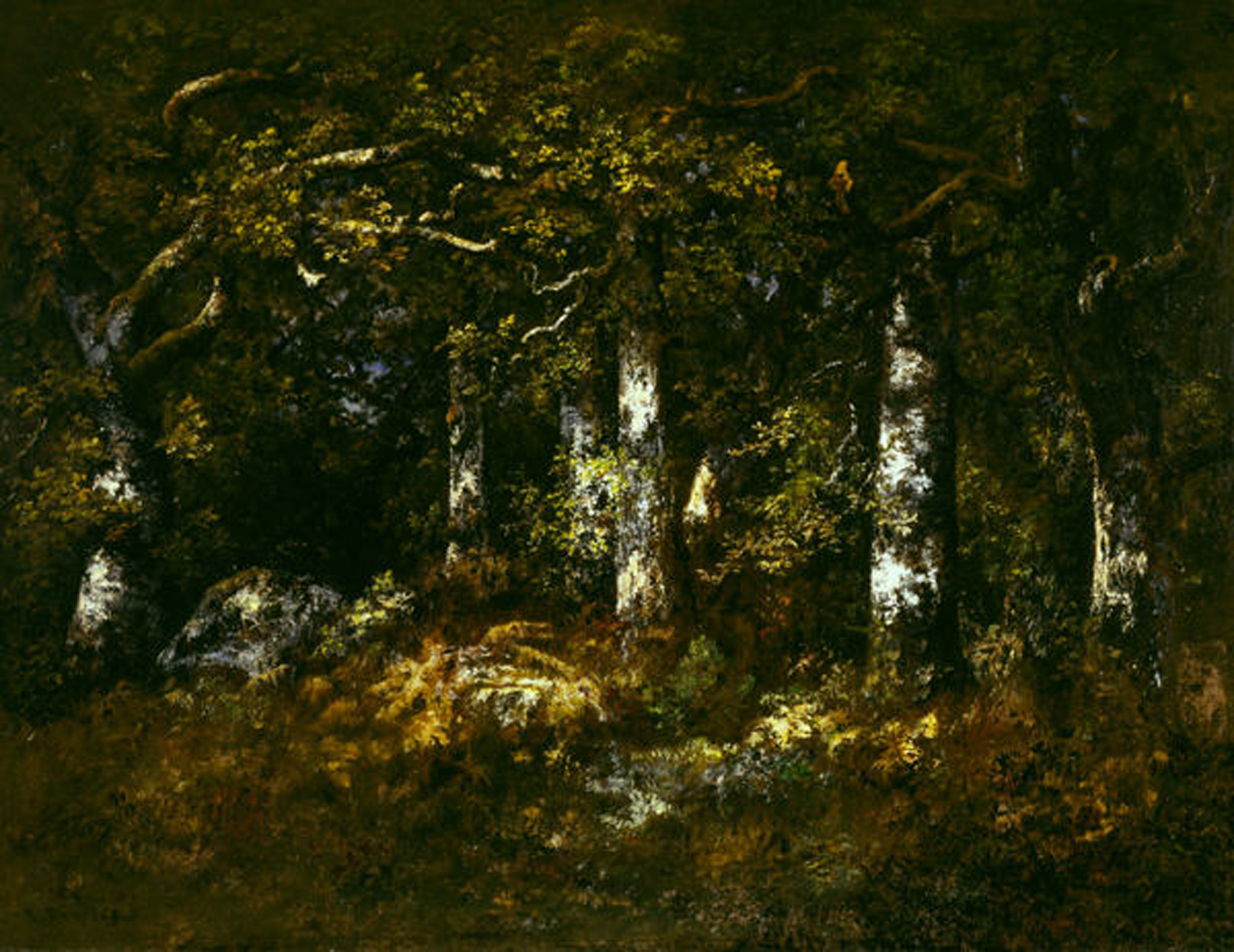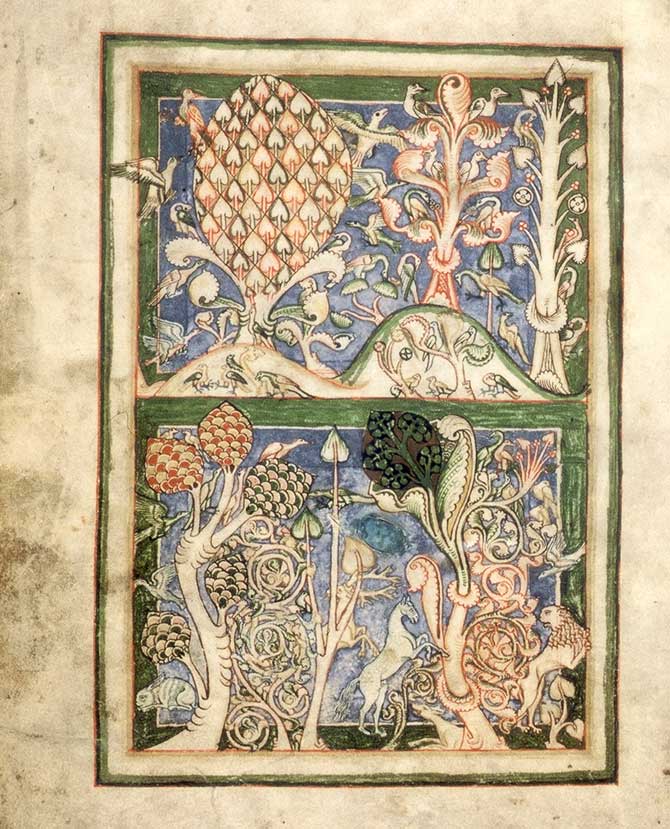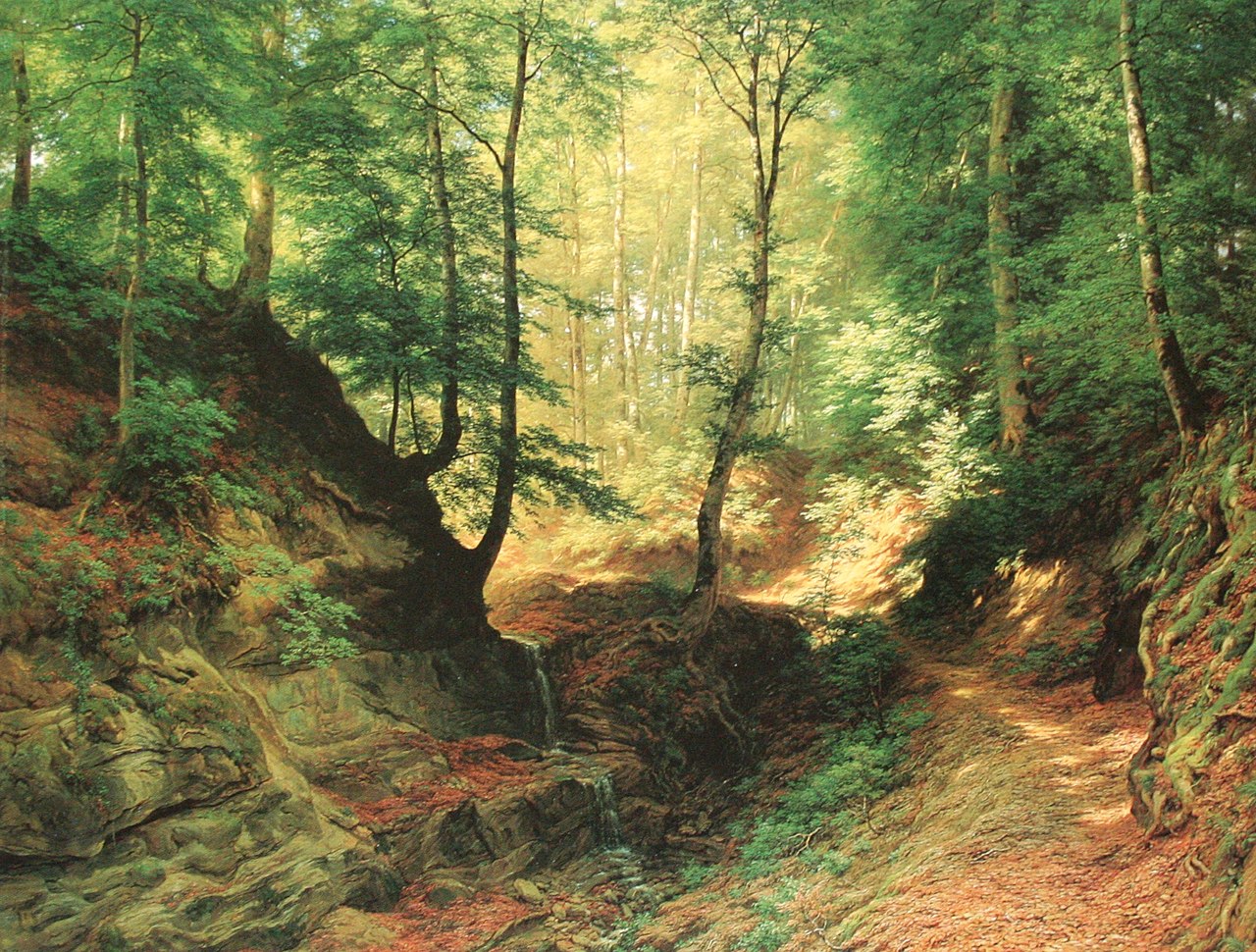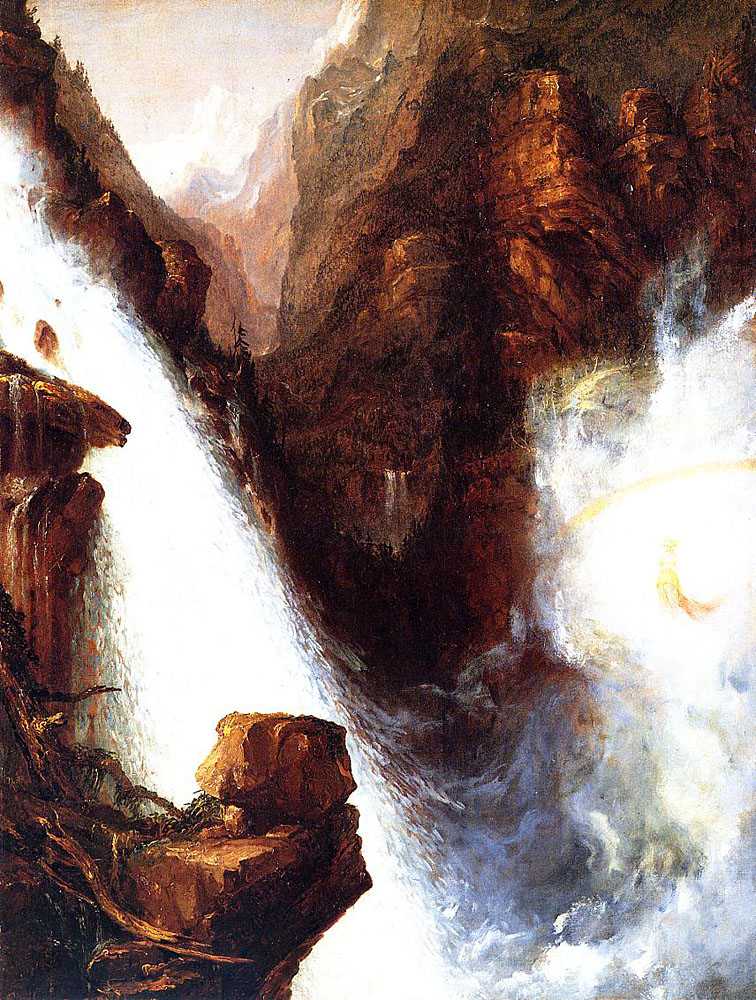The
Documenta 14 catalogue is organised in a way that appeals to my fondness for chronologies - each of the 163 living artists is allotted a double page corresponding to a day during the duration of the exhibition, and is also allowed to pick one date that is particularly important for them. The artists are then ordered in accordance with their special dates, so for example Susan Hiller chose 4 November 1899 (the date Freud's
Interpretation of Dreams was published) which means that she gets August 16th, in between artists who went for events in 1900 and 1897. I'm not sure if this makes sense without looking through the catalogue.. in any case it's not really relevant to what I thought I would do here: highlight those artists in
Documenta who have been addressing the landscape in various ways. This is not necessarily an exhaustive list but it gives an idea of the range of current practice. Some of these artists are using various media to consider sites round the world that are threatened, contested or marked with traces of recent political change. Others are finding new approaches to the profusion of new land and environmental art practices that emerged in the sixties.
The landscape as artistProbably every artist at
Documenta is influenced at some level by landscape, but some allow it to act on their own work, bring a chance element to the final product.
Nevin Aladağ has made a sound piece out of furniture for
Documenta but she has previously made city symphonies by filming instruments being played by the environment itself. In
City Language I , 'a flute held out the car window is played by the wind; claves tumble down streets; a tambourine skates across the water behind a boat'. That was in Istanbul; in the video clip below she describes a more recent piece made in the playgrounds and pedestrian areas of Stuttgart. Another artist who allows the landscape to complete her artworks is the Guatemala-based painter
Vivian Suter. Leaving her work outdoors, 'she befriends deluge and mud; she invites time to act on her canvases in the manner of acid biting an etched plate. Implicit in the work is a politics of insistent experimentation and an embrace of ruin.'
Landscape documentationKhvay Samnang's is represented at
Documenta by work he made in the Areng Valley, the last great forest in Cambodia, now under threat from a hydroelectric dam project. A few years ago he highlighted pollution in the lakes of Phnom Phen, wading into them and pouring buckets of sand over his head.
Bonita Ely has had similar environmental concerns and is best known for
The Murray River Project. In the video clip below she describes coming to the river in 1977 when concerns over pollution were first emerging. She did field research at five locations, objectively photographing the water through cartographic grids (she says she is fascinated by maps and the way they reflect our real interests - "we don't make maps of where daisies grow, we don't make maps of how a butterfly flies across the landscape"). The ecology of the river continues to be disrupted through irrigation and the construction of weirs: "the health of the river depends on flooding but nobody wants it to flood." Ely has recently returned to the original locations to document how they have changed. She has also reprised a performance piece called Murray River Punch in which she serves up an unappealing cocktail of all the pollutants that are put into the river.
Landscape performanceMany of the artists here incorporate performance into their multimedia practice. It might seem a stretch to think of
Annie Sprinkle and Beth Stephens as landscape artists but perhaps we should. Sprinkle recently took a
Guardian journalist on an “ecosexy nature walk” - "a nature walk with a former porn star who keeps encouraging me to find my Eco spot (or E-spot) is much more exciting than anything I’ve seen on
Countryfile". Something perhaps for a future Robert Macfarlane book?
Documenta also contains archival material from the long career of postmodern dance pioneer
Anna Halprin. In their catalogue essay Pierre Bal-Blanc and Lou Forster highlight the continuing importance of her outdoor dance deck, 'built in collaboration with Lawrence, her husband, the landscape architect, urban designer, and ecologist, between 1953 and 1954, in the redwood area of Kentfield, California.' Performances that relate in different ways to nature and landscape stretch from
The Branch Dance (1957) to
Spirit of Place (2009). You can see the dance deck in the video clip below.
Land art structuresAgnes Denes is an artist I discussed
here in one of my early blog entries, a short post about
Tree Mountain. Much more recently she has made another land art pyramid, in Long Island City, New York.
Candice Hopkins describes it in the
Documenta catalogue: 'constructed of stacked wooden terraces filled with soil and thousands of various living plants, the sculpture arcs nine meters up toward the sky. It is a social structure. Social because the planted material conveys ideas of evolution and regeneration; the work also cultivates a micro-society of people responsible for its planting and ongoing care.' You can see images of it in a Brooklyn Rail
article which praises her pioneering role, as a land artist more interesting in growing things than excavating new landforms. However, it also notes that she has been criticised for creating in
Tree Mountain a version of mono-agriculture, 'the creatures inhabiting her forests aren’t allowed the kind of complex habitat that would be more to their liking. We now know that trees communicate through their root systems, educating their neighbors. Nature has no voice in Denes’s work.'
Artificial landscapes Lois Weinberger works with ruderals (plants growing on waste ground) and for this year's exhibition at Kassel 'he has excavated a “cut” through the park beside the Orangerie and then abandoned it to whatever will emerge.' You can see a similar work made in Cologne on his
website - what makes it interesting is the contrast between the 'wild' weeds and carefully mown park grass. Twenty years ago for
Documenta 10, Weinberger 'planted a garden amongst the railway tracks of Kassel’s central station. The plants were cultivated from seeds of ruderal plants collected throughout Central and Eastern Europe, during and after the collapse of communism. These nomadic survivors, ‘foreign immigrants’ to German soil, flourished amongst the transit lines of ‘Old Europe’, subverting any human projection of territorial sovereignty, or fixed borders, and still do so today' (
Tom Trevor, 'Lois Weinberger: The Three Ecologies').
Louis Weinberger, What is Beyond the Plants / Is at One with Them, 1997
Political landscapesMexican artist
Guillermo Galinda has made instruments from objects found along the U.S. border and for
Documenta he is is composing new music scores, 'odes for border crossers'. The video below shows a more spectacular work about the U.S./Mexican border,
Repellent Fence by the
Postcommodity collective. Where borders have come down, there is a fascination in what the landscape retains of societies that have been completely changed.
Ulrich Wüst trained as a town planner and began photographing East Germany in the 1970s. There were usually no people in his images - 'the
sozialistischer Staat der Arbeiter und Bauern is symbolically devoid of its titular workers and farmers.'
Edi Hila lives in Tirana and paints buildings that have been left behind in time. "In these abandoned houses hope and the desire to inhabit them has departed with the migrant. These houses have been transformed into objects, almost weird and absurd..."
Disappearing landscapes Here's a good opening line for one of the catalogue entries. 'In August 1988, four days after appearing in the seminal
Freeze exhibition with fellow students at Goldsmiths College of Art,
Lala Meredith-Vula left London for the Albanian countryside, where she began to photograph haystacks.' While the YBAs did their thing, she continued making her photographs in what had been Yugoslavia. 'Their forms are governed by habits of working the land, which are older than nations. The needs of animals and the poetic license of farmers play their parts. Yet, even if haystacks do not belong in the
polis, are not political subjects
per se, they do bear silent witness to history.' There is
actual hay from another part of Eastern Europe in
Documenta, woven into the work of
Olaf Holzapfel. His hay canvases are made with local people in a village on the border between Lower Silesia and Greater Poland (as explained in an
article in
Frieze). They are part of a complicated installation,
Zawn, with components that 'range the gamut from architectural models of medieval churches and nineteenth-century mine shafts to the writings of Austrian critic Kristian Sotriffer and the graphic work of Hermann Glöckner.'
Landscape as memoryFinally, there is art made from the artist's own memories of places that have undergone profound change.
Abel Rodriguez was born around 1944 in the Colombian Amazon and became an expert in plants. He was employed by a Dutch NGO,
Tropenbos International Colombia, that wanted local experts and later moved to the city, assuming a Western name. There he began working again with the NGO, creating botanical drawings from memory. These jungle landscapes 'are the visions of someone who sees the potential of plants as food, material for dwellings and clothing, and for use in sacred rites.' He doesn't consider his pictures as art, but
talks about what they show and how the animals and plants in them behave with the changing seasons. Fish "start going up the river because they know that the water is going to rise, and they're looking for the overflows to enjoy the abundance of worms and seeds." Monkeys "stay because they like to look at their reflection, as ugly as it is, in the water."





.jpg/800px-Caspar_David_Friedrich_-_Kreuz_an_der_Ostsee_(Schloss_Carlottenburg%2C_Neuer_Pavillon).jpg)










_VMFA_83-46.jpg?uselang=en-gb)
%2C_1873.jpg/800px-Camille_Pissarro%2C_Gelee_blanche_(Hoarfrost)%2C_1873.jpg)

















Handscroll%2C_ink_and_colors_on_paper%2C_28.4_x_93.2_cm_National_Palace_Museum%2C_Taipei.jpg)










